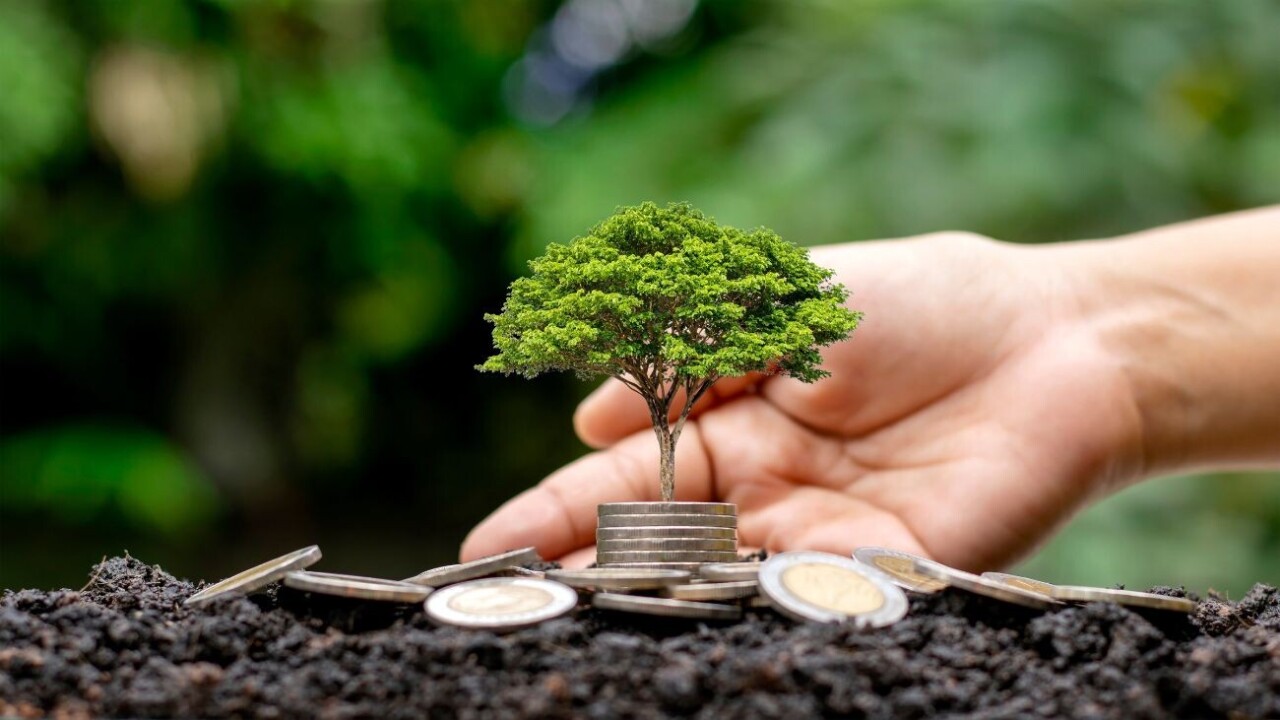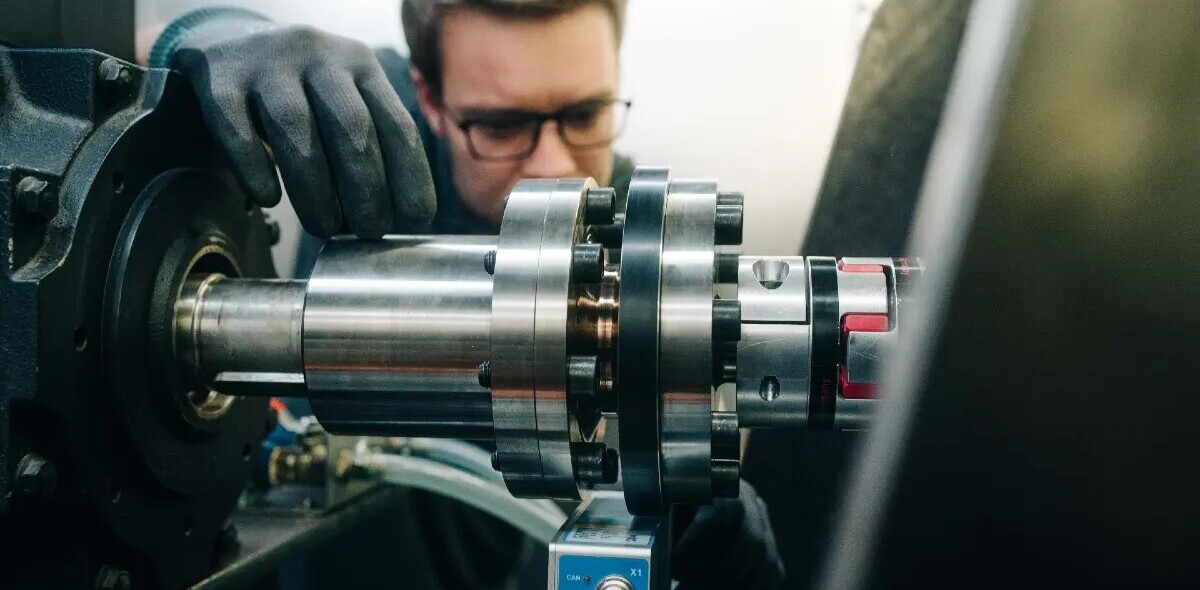
2023 was a rough year for climate tech. While it fared slightly better than other sectors, total venture and private equity investment in planet-saving technologies fell 40% last year, down to a five-year low.
It wasn’t all doom and gloom, however. For one, the EU enacted the Green Deal Industrial Plan, which makes over €1trn available for everything from EVs and carbon capture plants to battery storage and green hydrogen.
Moreover, we witnessed the rapid rise of AI which promises to bring unprecedented efficiencies to the production and operation of clean technologies. Hard-to-decarbonise but heavily polluting sectors like the built environment and industry are also receiving an increasing share of investment — a promising step toward net zero.
We expect these trends to continue as we enter into the new year. And while a recent Pitchbook report indicates that 2024 will still bring significant funding challenges, many in the sector are optimistic.
“With the looming interest rate turnaround, governmental initiatives, and increased private sector interest, we will see an uptick in investments in the tech sector in general and European greentech startups in particular,” Lubomila Jordonova, CEO at Berlin-based carbon accounting firm PlanA, tells TNW.
AI, AI everywhere
Perhaps unsurprisingly, the meteoric rise of artificial intelligence systems doesn’t look to be slowing down anytime soon. Its market value of nearly $100bn now is expected to grow twentyfold to $2trn by 2030.
In climate tech, AI has almost unlimited potential, from making buildings more energy efficient and power plants cheaper to run, to improving climate forecasting and helping to cut down on water waste.
Going into 2024, Sierra Peterson, climate tech investor and founder at Voyager VC, foresees that founders will shift their focus from large language models like ChatGPT and onto more specific AI applications.
“We believe there are more intriguing challenges to tackle in the physical realm,” says the investor. “Examples include refining battery chemistries and form factors to enhance energy storage capacity and devising intricate metabolic pathways for microbes to convert CO2 into valuable products.”
We could also see AI disrupt more legacy industries like waste management, construction and water, which have traditionally lagged behind on the innovation front despite being massive contributors to carbon emissions.
However, while AI could help save the planet, the elephant in the room is the huge amounts of energy required to run these systems. The graphic processing units that AI uses tend to use four times as much power as the servers used for cloud applications. They also require vast amounts of water for cooling.
“Legislation in the UK and the EU around greener computing is on the horizon, which will drive IT decision makers to start looking at how they can keep ahead or in line with these initiatives,” says Dinesh Majrekar, CTO of British cloud service provider Civo.
As of January 1, 2024, 50% of the electricity consumed by German data centres must be covered by electricity from renewable sources. From 2027, the requirement will be 100%.
Stringent reporting requirements
In recent years, ESG reporting has gone from a nice-to-have to a must-have for corporates, creating massive demand for tools to help businesses measure, monitor, and reduce their impact.
And in 2024, legislation is getting a whole lot tougher as the Corporate Sustainability Reporting Directive (CSRD) comes into force. The law tightens the sustainability reporting requirements for large companies and SMEs, meaning organisations must put greater emphasis on accurately collating and reporting their data.
“As such, investing in smart tech solutions to monitor and optimise performance will become even more critical when it comes to businesses maintaining credibility and futureproofing,” explains Don McLean, CEO at Scottish digital twin experts IES, which creates software tools for designing and operating energy efficient buildings.
With the CSRD buttressing Europe’s already strict reporting regulations, many experts we spoke to believe that European businesses are poised to become world leaders in ESG. This will drive demand for tools to make the data collection and auditing process as smooth as possible — a huge opportunity for startups.
“In 2024, I think sustainability will evolve from superficial ESG messaging to real-world impact,” says Patrik Backman, general partner at software-based VC OpenOcean. “Companies will be challenged to prove concrete ESG progress, not just noble intentions. This will separate leaders truly driving change from those simply capitalising on the hype.”
Watch out corporate Europe — greenwashing will no longer be enough.
Tackling the tough stuff
While the bulk of climate tech cash has thus far been funnelled towards energy and mobility, investment is gaining momentum in tough-to-decarbonise sectors like industry, agriculture, and the built environment. Whereas, globally, investors directed just under 8% of startup funding to industrials between 2013 and 2022, they invested 14% in the sector between Q4 2022 and Q3 2023.
“Never before have we witnessed this level of energy and resolve among founders in transforming the physical world of buildings and factories, ships and planes, and power plants,” says Peterson. Stockholm-based H2 Green Steel’s €1.5bn raise this September — Europe’s biggest funding round of the year — is indicative of this shift.
Going into the new year, the Carbon Border Adjustment Mechanism (CBAM) is also expected to accelerate European demand for decarbonised manufacturing and heavy industry. The act, which came into force in September, puts a carbon tariff on carbon intensive products, such as cement, as is intended to drive innovation in low carbon industry and materials.
Other areas to watch include startups working to decarbonise construction and housing, which contribute a combined 40% of global emissions, as well as shipping, aviation, and chemical production.
Carbon removals
While sucking carbon out of the air was considered pretty far-fetched just a few years ago, scientists now deem the technology absolutely essential to limiting global warming to 1.5°C above pre-industrial levels.
2023 was undoubtedly the breakout year for the budding carbon dioxide removal (CDR) industry, which at one point in the year tripled its valuation in just two months thanks to a number of major deals. This included banking giant JPMorgan Chase buying nearly €200mn worth of carbon removal credits through a nine-year agreement with Swiss direct air capture startup Climeworks.
Direct air capture isn’t the only CDR technology gaining ground. Several European startups are pioneering enhanced weathering and biochar techniques, which accelerate natural processes for drawing CO₂ out of the air.
For instance, Irish startup Silicate throws crushed waste concrete on farmland. The dust quickly mineralises, pulling carbon from the air and into the soil where it eventually enters rivers and flows into the ocean — locking it up for thousands of years.
Carbon removal credits are also gaining ground as a more scientifically sound means of offsetting emissions, compared to the recently disgraced “probably junk” carbon offset credits.
“After a year of controversy in the voluntary carbon market, buyers and sellers are demanding greater transparency and evidence to back up project claims,” Oliver Carpenter, director of environmental risk analytics at Risilience, tells TNW.
Going forward, Carpenter expects to see greater use of remote sensing and geospatial data analysis to monitor projects and judge their claims.
Going beyond carbon
Some years back, I spoke to a founder who believed the tech world had developed what she called “carbon myopia.” Amidst the frantic scramble to mitigate climate change, we’ve forgotten to invest in technologies that help us adapt to its impacts, she said. Think floods, droughts, storms, and wildfires.
While adaptation technologies have historically received just a small proportion of total climate tech funding, there is a growing business case to reverse this trend.
“Perceptions are changing,” says Taco Engelaar, managing director for Europe at energy infrastructure firm Neara. “In 2024, we can expect to see the conversation centre increasingly around technology which climate-proofs our futures — rather than offsets damage — and keeps people safe and connected during what were previously ‘once in a generation’ weather events.”
This includes water-recycling tech that improves our resilience to droughts, solar-powered sensors in the forest that smell a wildfire before it burns out of control, and AI-powered weather forecasting tools to predict the next extreme weather event.
Battling climate change will require the swift scaling of both mitigation and adaptation measures. While innovation is indeed vital, many of the technologies we need to avert the worst impacts of global heating are already available today.
With 2023 set to be the hottest on record, 2024 needs to be a year of action for Europe’s climate tech ecosystem.
Get the TNW newsletter
Get the most important tech news in your inbox each week.




